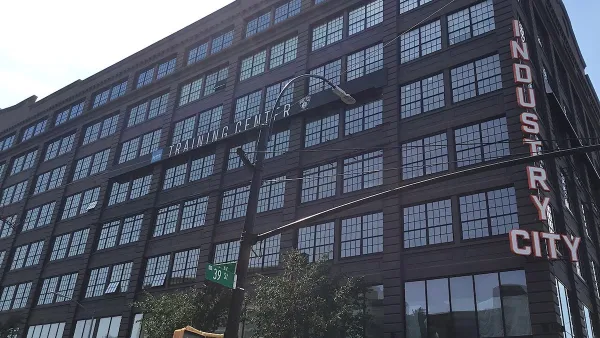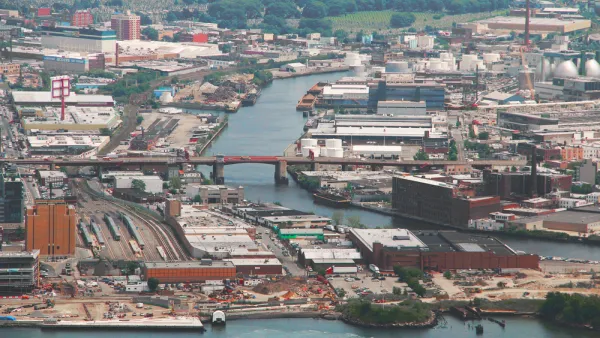“Underpriced land and room for upward growth in rents is the magic formula that developers seek in the next hot neighborhood.” Just to the east of prospect Park in Brooklyn is a place that has both.
Alison Gregor writes a long article on the changes on coming to the Brooklyn neighborhood of Prospect-Lefferts Gardens, described by some as “Brooklyn’s best-kept secret”—at least until now.
So what does it take for a neighborhood in to gain “it” status in New York City’s famous real estate market? The list for Prospect-Lefferts Gardens reads the like the crown jewels of urbanism: “bordering the east side of Prospect Park and down the road from the Brooklyn Botanic Garden, with a substantial and attractive historic district, and subway stops for three express trains.”
Not to mention that “[it’s] also a community with no hard-and-fast height limits on development, and its real estate can cost as little as half that on the other side of the park.”
Those conditions are attracting a lot of attention from developers: “There are about 10 projects in the works to create luxury rentals or condominiums in the neighborhood…” But those changes are a rude awakening for the 40,000 long-time resident of the neighborhood—African-American and Caribbean-American—who haven’t seen much change in the neighborhood. How completely has the neighborhood been able to slip under the development radar? It’s last significant development investment came in the 1960s: “The last substantial development in Prospect-Lefferts Gardens was Patio Gardens, two 16-story towers with about 460 apartments at 580-590 Flatbush, which went up in the early 1960s, before the neighborhood received its current name.”
Reactions of residents include a call for a moratorium on certain high-rise development until zoning can be changed and a lawsuit to stop a project at 626 Flatbush Avenue, a block from Prospect Park.
FULL STORY: Prospect-Lefferts Gardens Is ‘On the Map’

Analysis: Cybertruck Fatality Rate Far Exceeds That of Ford Pinto
The Tesla Cybertruck was recalled seven times last year.

National Parks Layoffs Will Cause Communities to Lose Billions
Thousands of essential park workers were laid off this week, just before the busy spring break season.

Retro-silient?: America’s First “Eco-burb,” The Woodlands Turns 50
A master-planned community north of Houston offers lessons on green infrastructure and resilient design, but falls short of its founder’s lofty affordability and walkability goals.

Test News Post 1
This is a summary

Analysis: Cybertruck Fatality Rate Far Exceeds That of Ford Pinto
The Tesla Cybertruck was recalled seven times last year.

Test News Headline 46
Test for the image on the front page.
Urban Design for Planners 1: Software Tools
This six-course series explores essential urban design concepts using open source software and equips planners with the tools they need to participate fully in the urban design process.
Planning for Universal Design
Learn the tools for implementing Universal Design in planning regulations.
EMC Planning Group, Inc.
Planetizen
Planetizen
Mpact (formerly Rail~Volution)
Great Falls Development Authority, Inc.
HUDs Office of Policy Development and Research
NYU Wagner Graduate School of Public Service




























